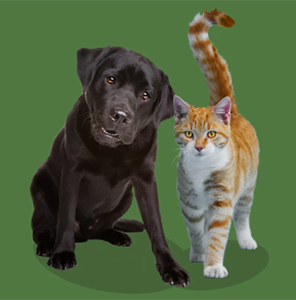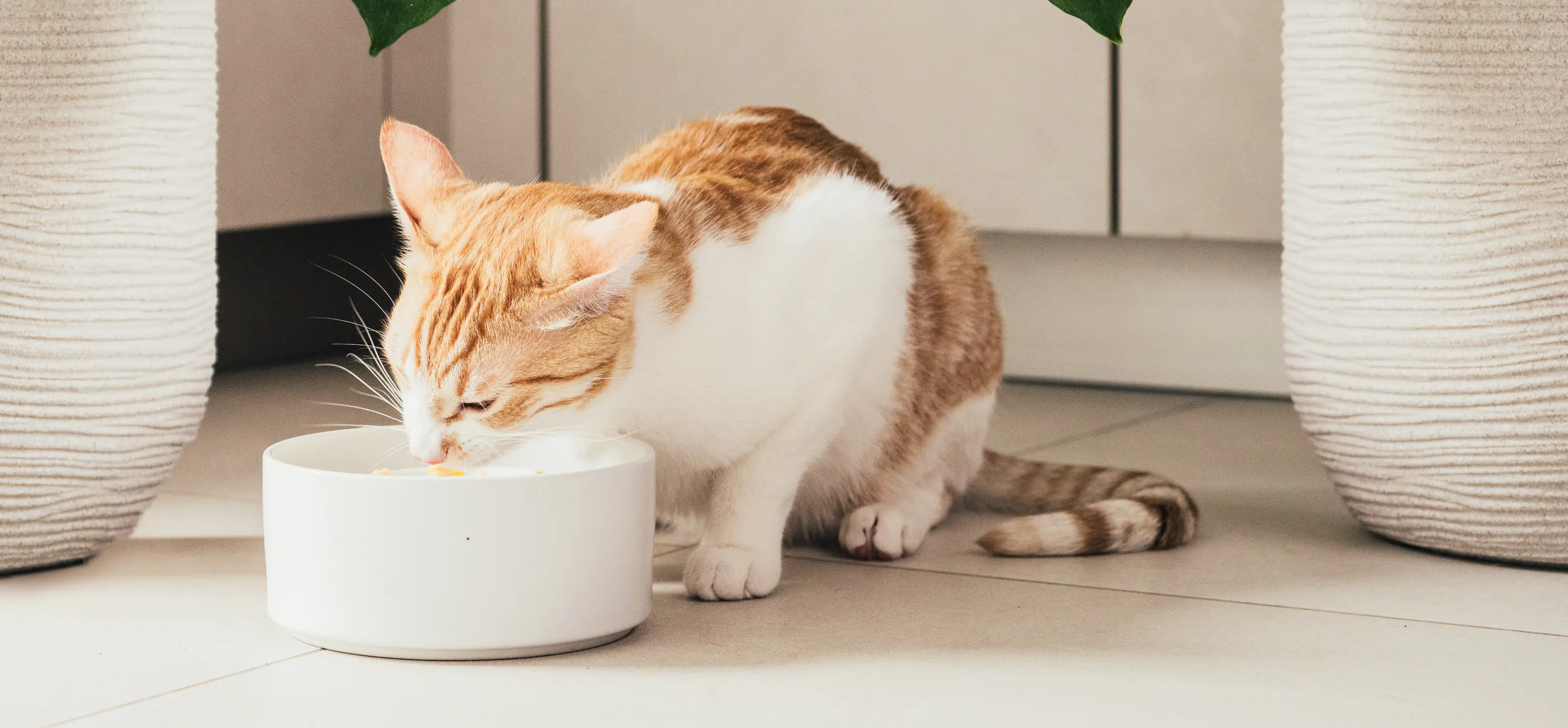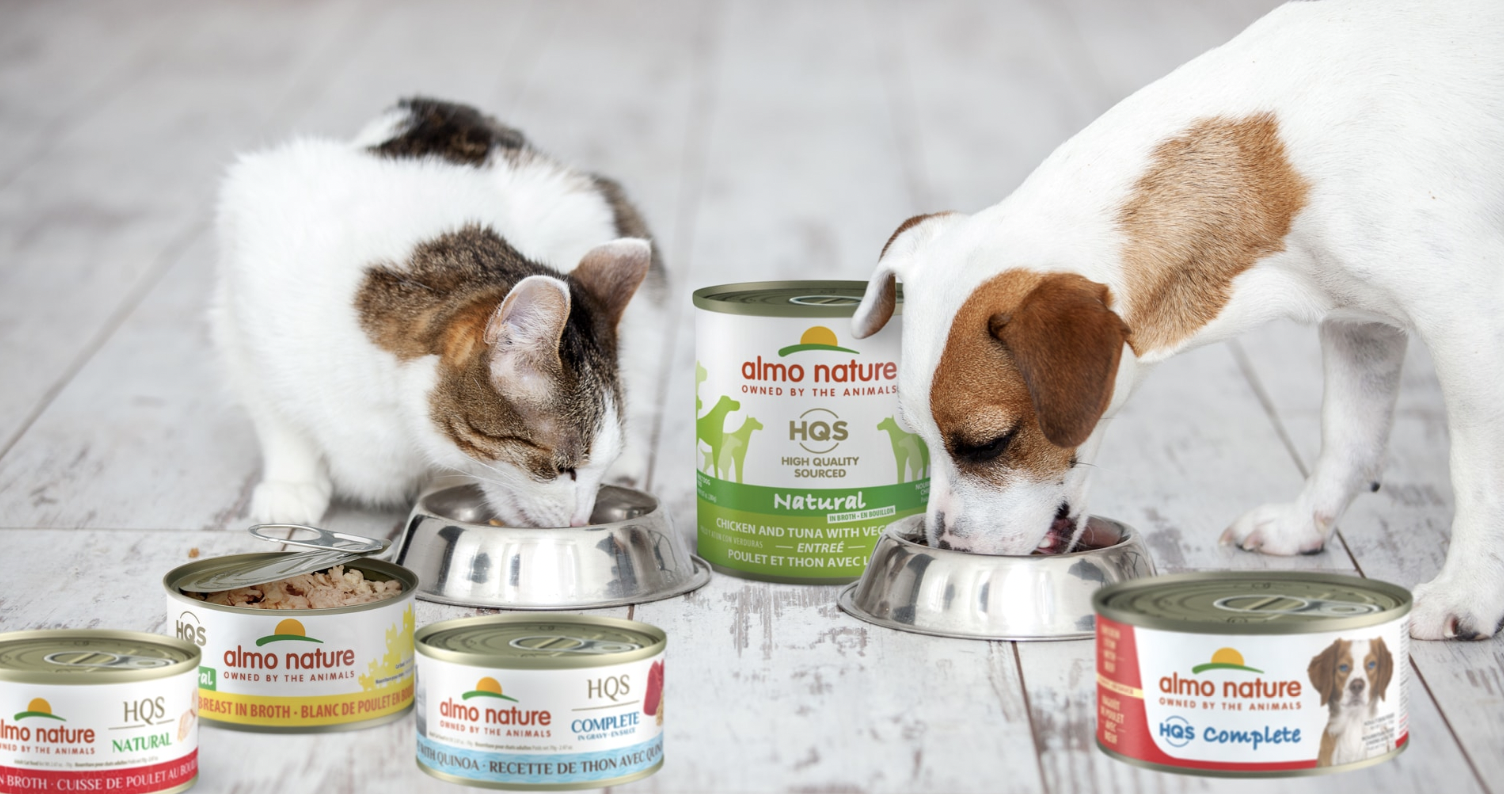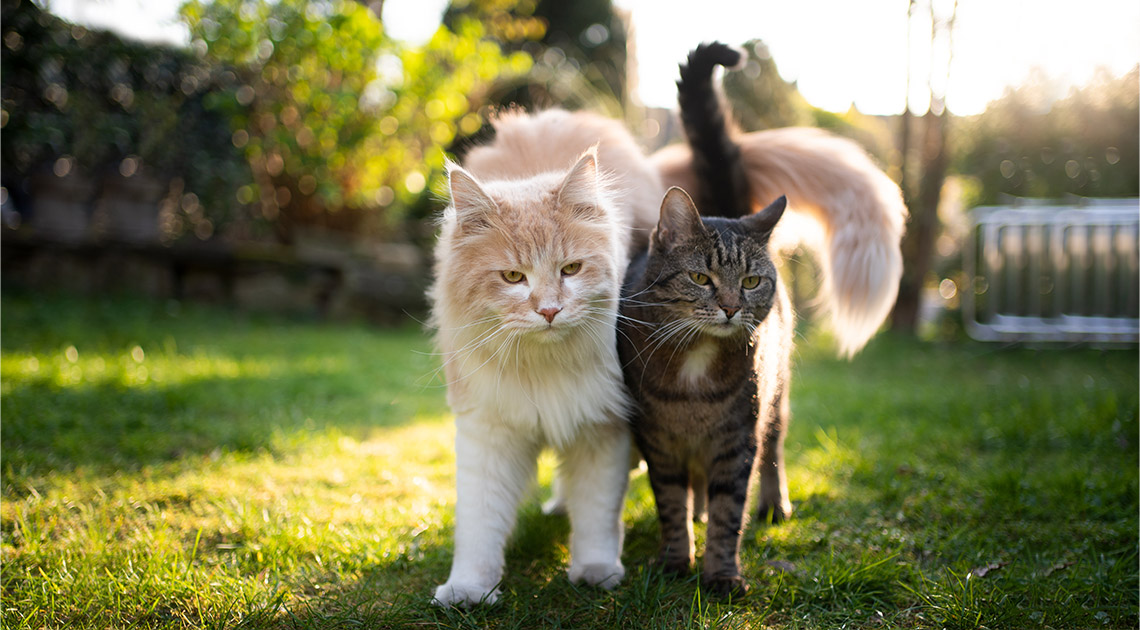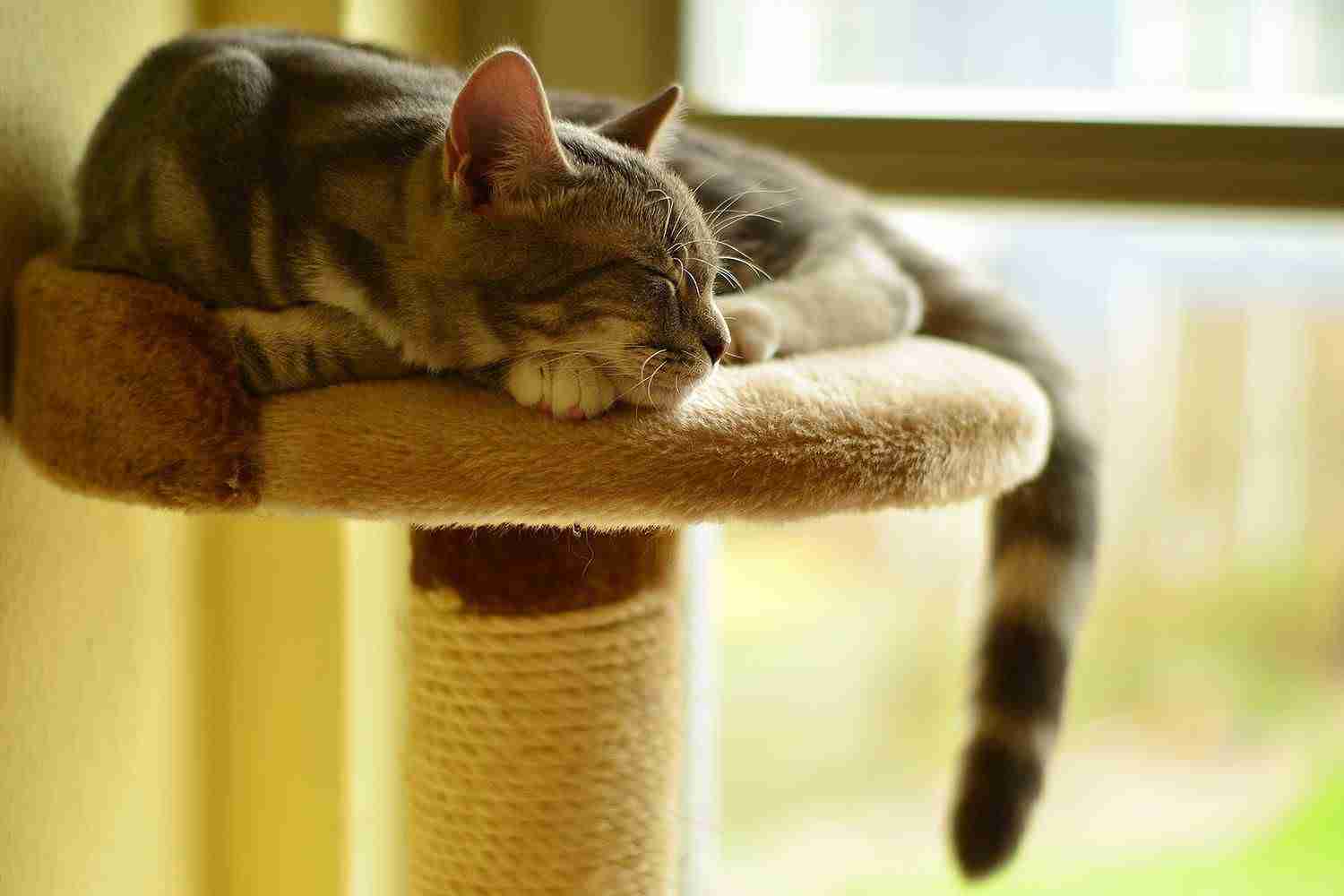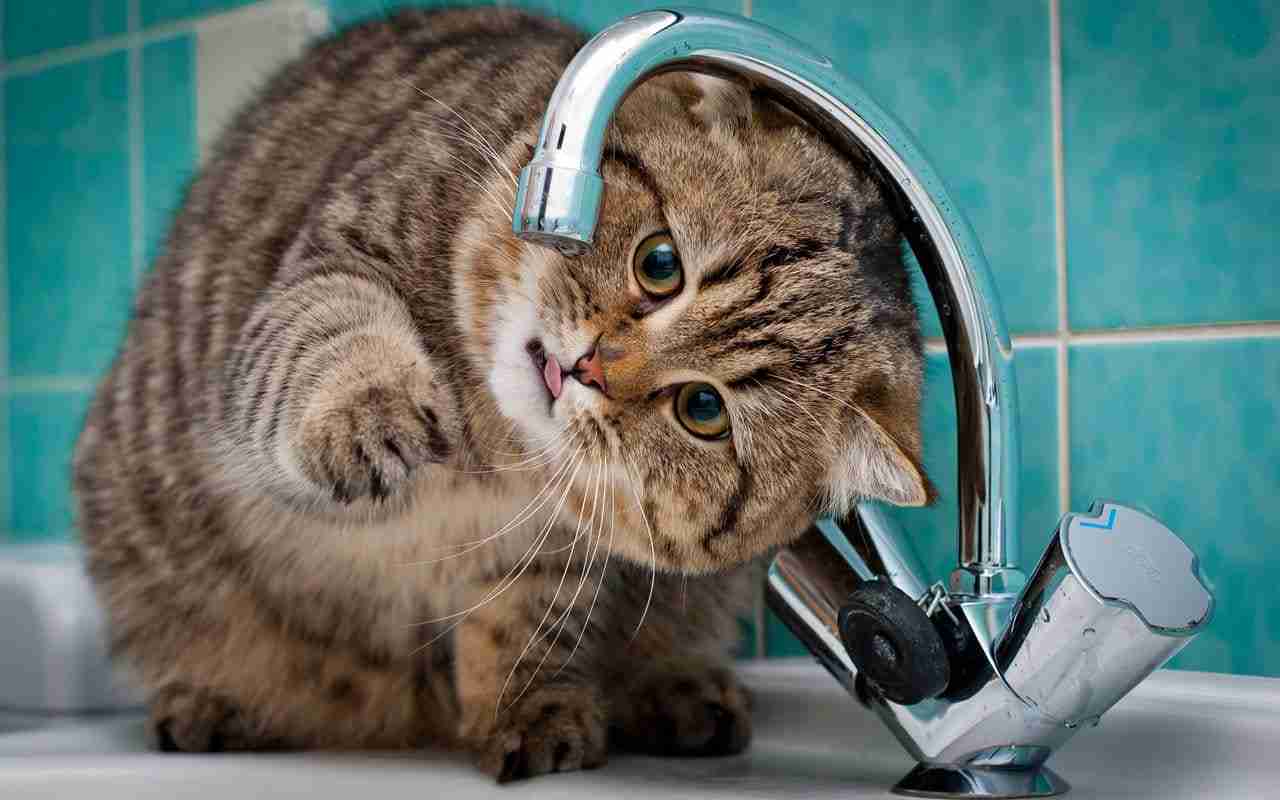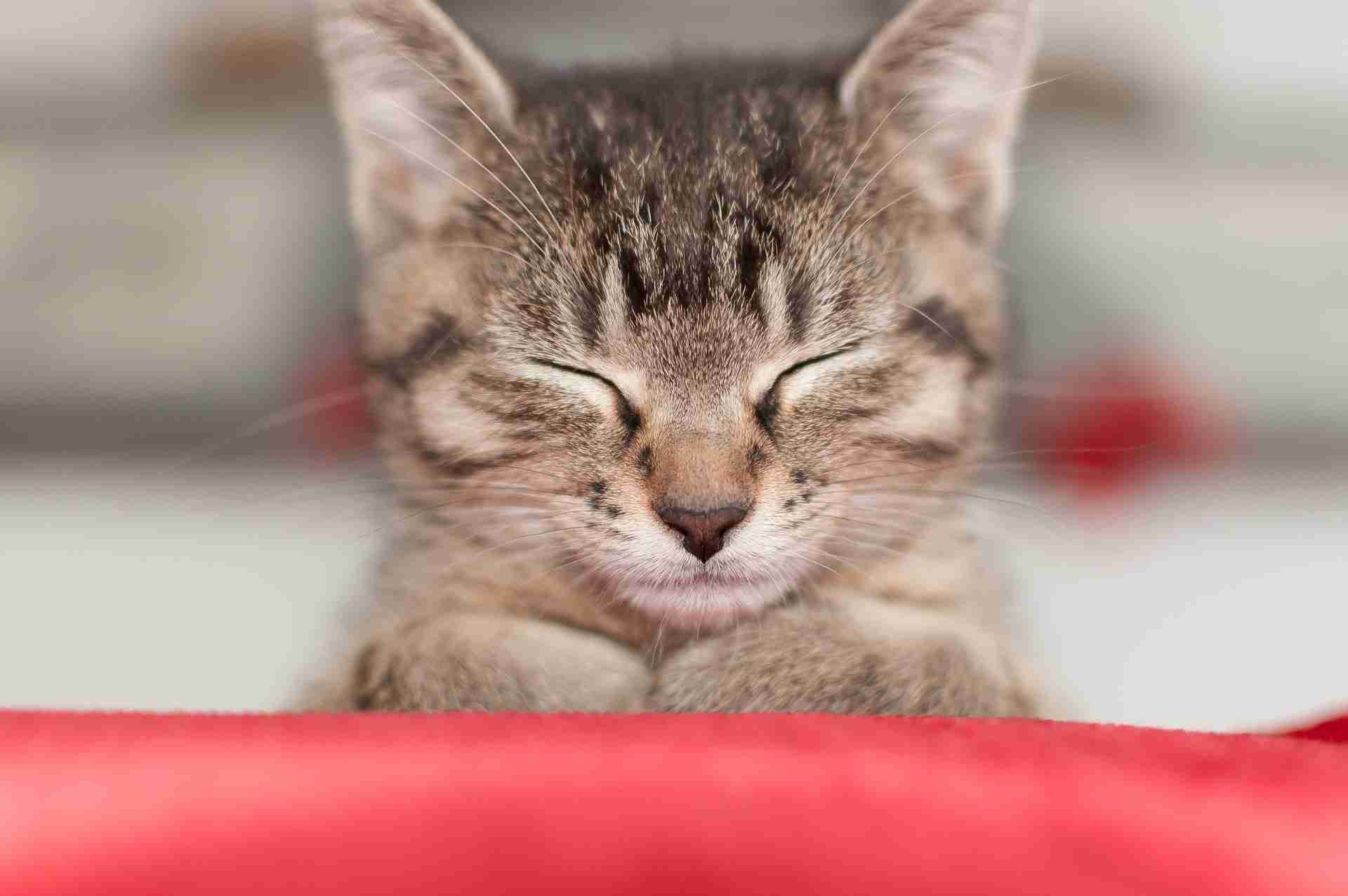Can Dogs and Cats Live Together?
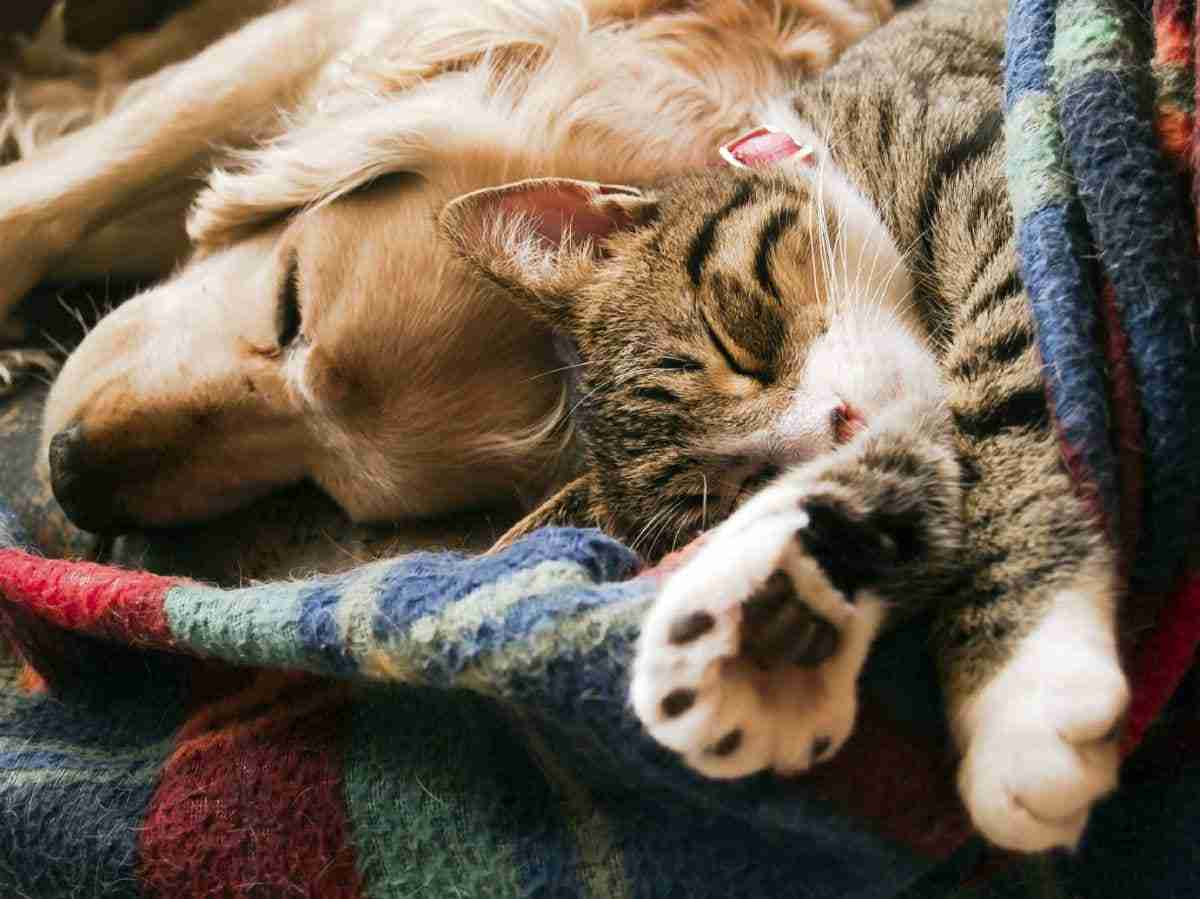
In this article, we'll talk about cohabitation between dogs and cats and how to protect them while respecting their ethological differences.
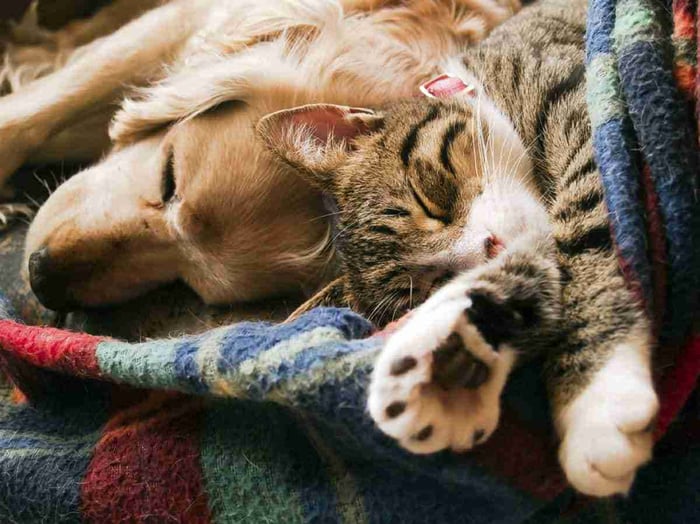
A cat is not a small dog
First of all, it's important to remember that dogs and cats are two very different species, even if they are both domesticated animals.
A cat, unlike a dog, is not a social animal, and for this reason, it needs to be able to isolate itself from both humans and other animals. A dog, on the other hand, prefers to be part of a social group and needs to, for its well-being, share spaces and activities with the group.
A different way of communication
Cats tend to express themselves through communication that isn't always as obvious to humans as the manner in which dogs communicate. For example, the movement of a cat's tail can signal excitement, but can also express discomfort. On the other hand, the same tail gestures made by a dog typically express a positive state of mind.
Also, because cats are less inclined to participate in group activities, they haven't refined two important abilities in the same way dogs have: namely, building the necessary skills to interact with humans and understanding human communication methods.
Differences in the way they see their spaces
For cats, having their territory divided into different activity areas is really important, and any changes to these areas can provoke behavioral problems.
For dogs, the social group and the activities performed together in that group are hugely important. If the joint activities decrease or the dog is isolated from the social group, its wellness will be affected.
Some rules for happy, eight-legged cohabitation
It's vital to understand that cats and dogs have different needs that we must respect to guarantee their wellness. For a cat, keep in mind that they may want to isolate themselves from unwanted attention from the dog--shelves set up to form raised walkways and observation points, scratching posts and bowls placed up high will help
them feel secure. This setup allows the cat to decide how and when to interact with the dog.
If the cat is already present in the home when you adopt a young puppy, it's also important to protect the cat from the constant attempts by the pup to interact and play. At the same time, this will lessen the risk of the puppy getting scratched.
If you have a particularly active dog, it may be beneficial to keep it separated from the cat a few hours a day. Fencing off an area of the garden or occupying the dog with some fun activities, thereby taking its attention away from the cat, will make life more pleasant for the cat as it will be able to enjoy the outdoor space in peace and observe goings-on from a safe vantage point.
Special attention should also be paid to kittens and older cats. For the former, be careful not to let their natural curiosity put them in dangerous situations, for example, it may be necessary to separate them from the dog when preparing the food. For older cats, it's important to respect their territory and allow them enough space and time for their daily activities.
Finally, don't forget that your cat needs to interact with you, too. Be sure to devote some time exclusively to your kitty for cuddles and play.
Article by Dr. Maria Grazia Calore, veterinary surgeon and expert in pet behavior.

